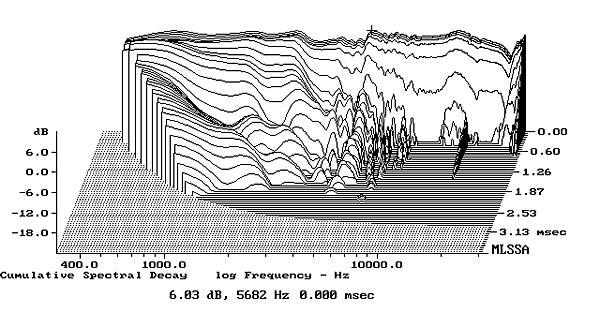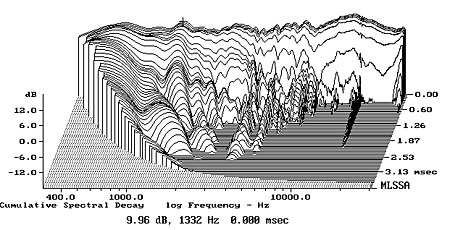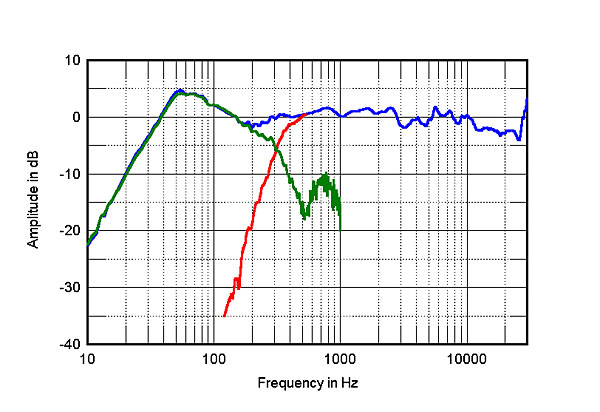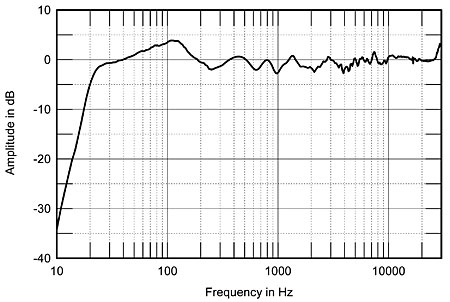tuga
Major Contributor
Again, that is because you have no experience in this field. Symmetric placement of AB speakers is poor man's version of putting both speakers in the same spot which requires a mechanical shuffler.
Instead of constantly complaining, maybe you outline how you are testing speakers according to whatever science you are imagining.
Do you high-pass the speakers?




